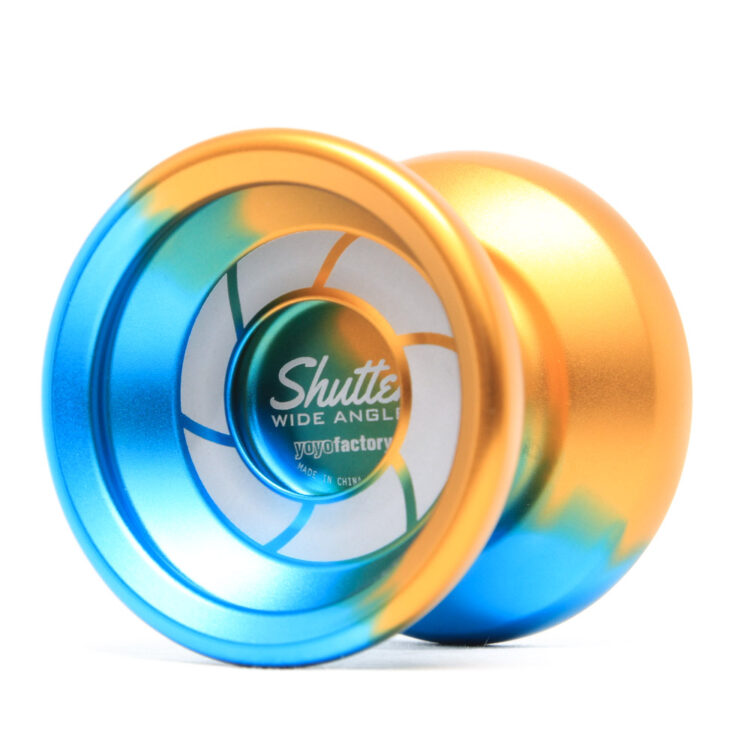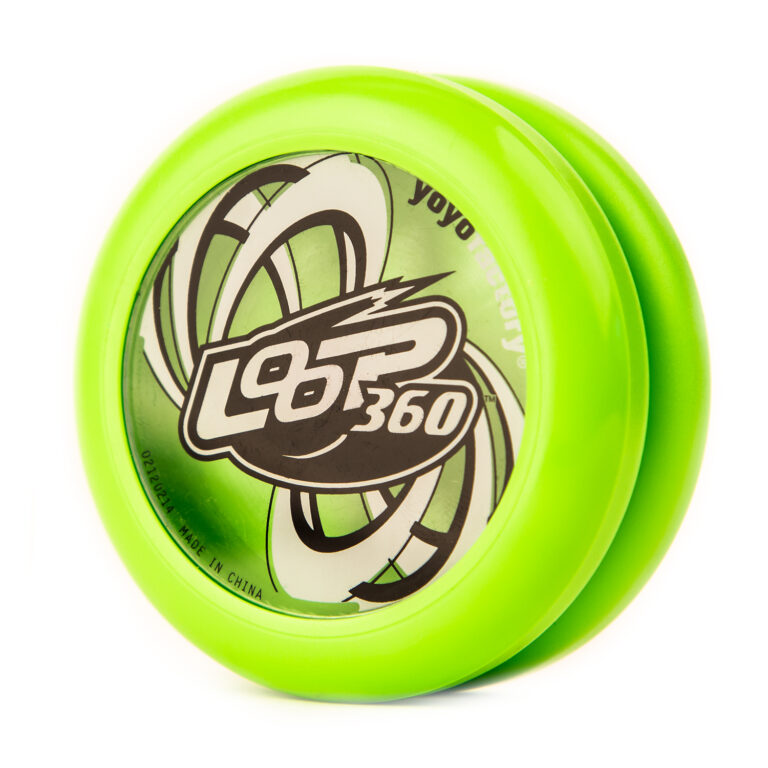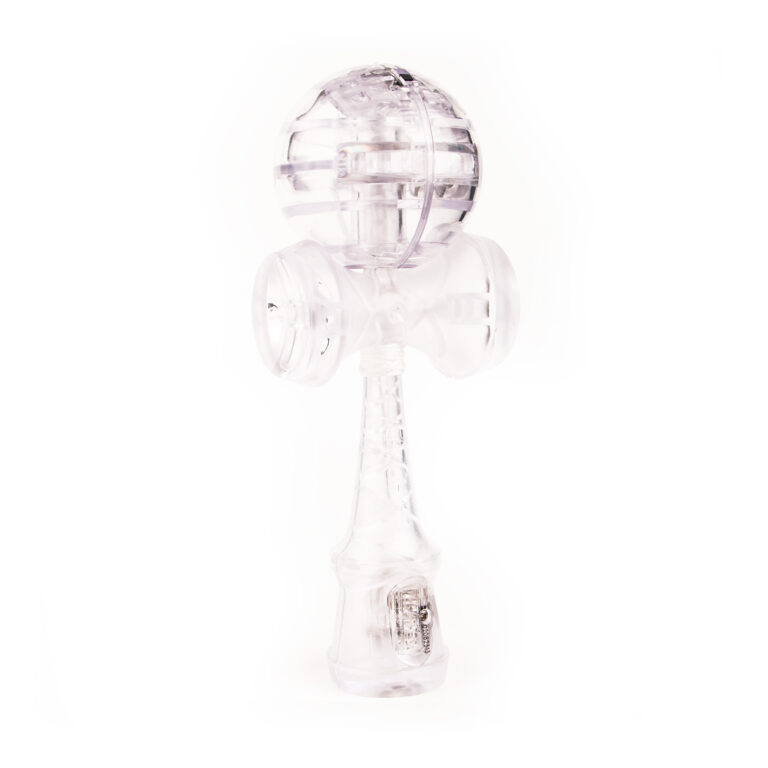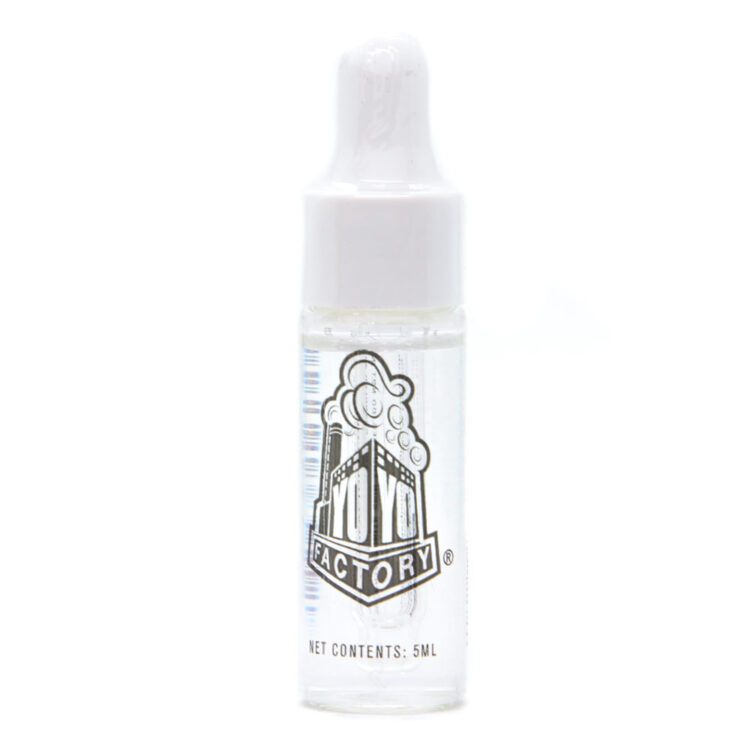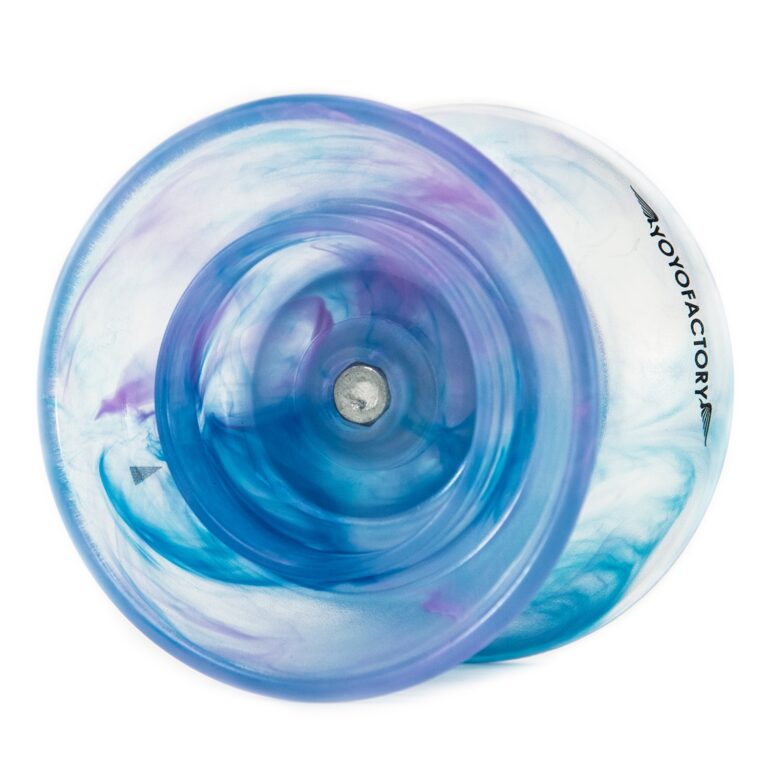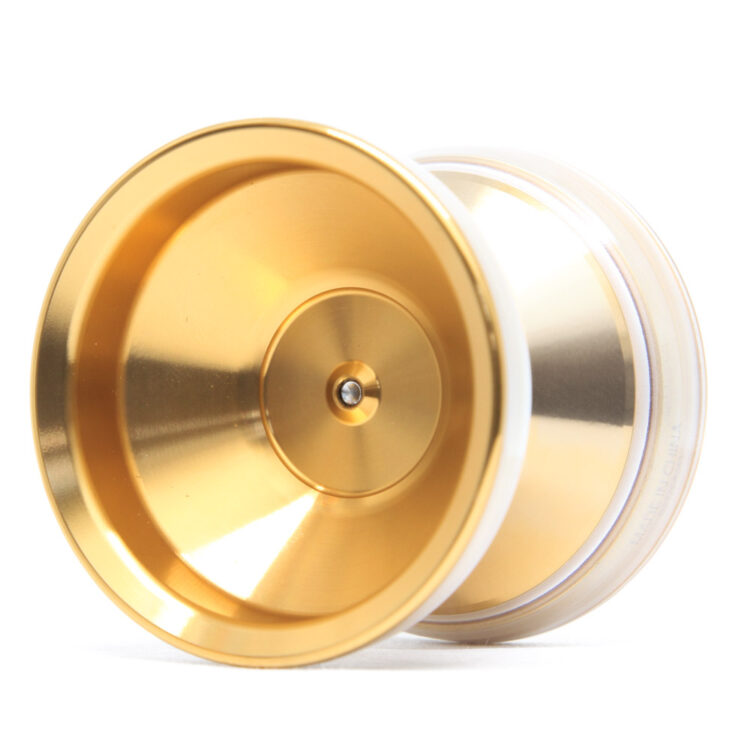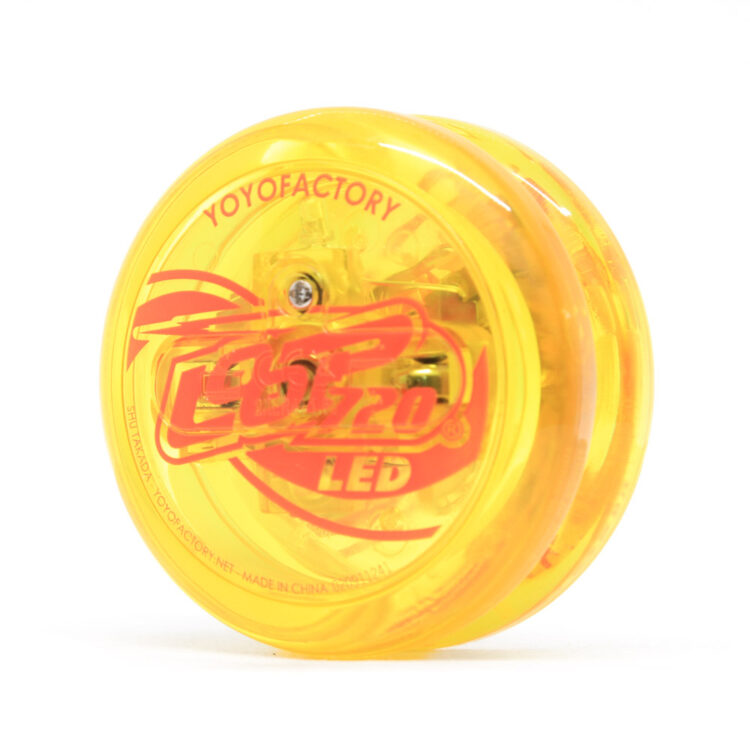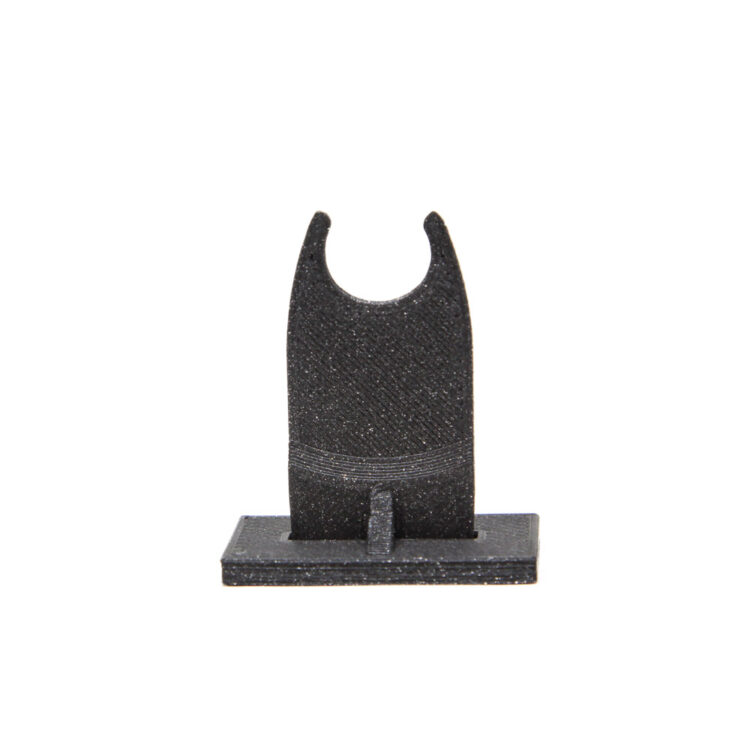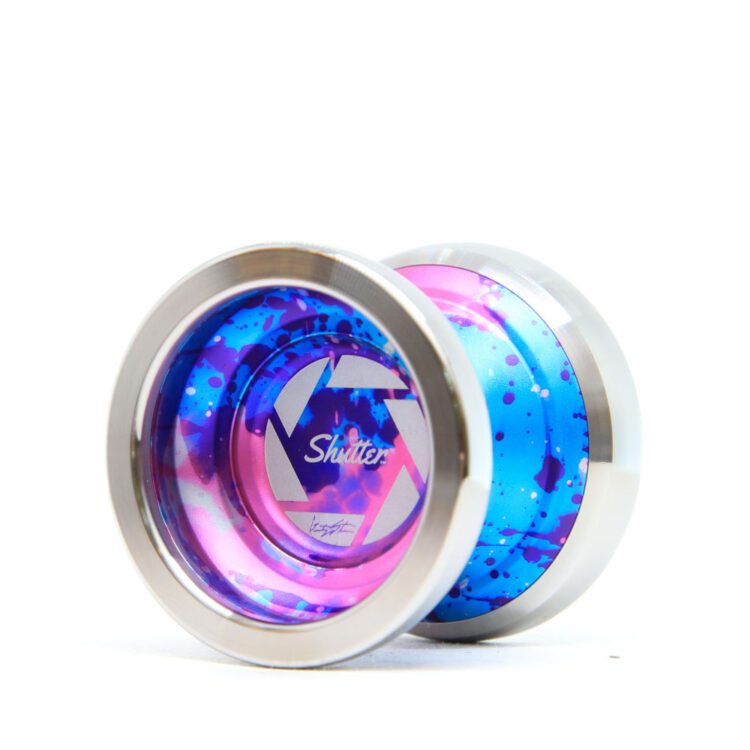The Ultimate Beginner’s Guide to Yoyos
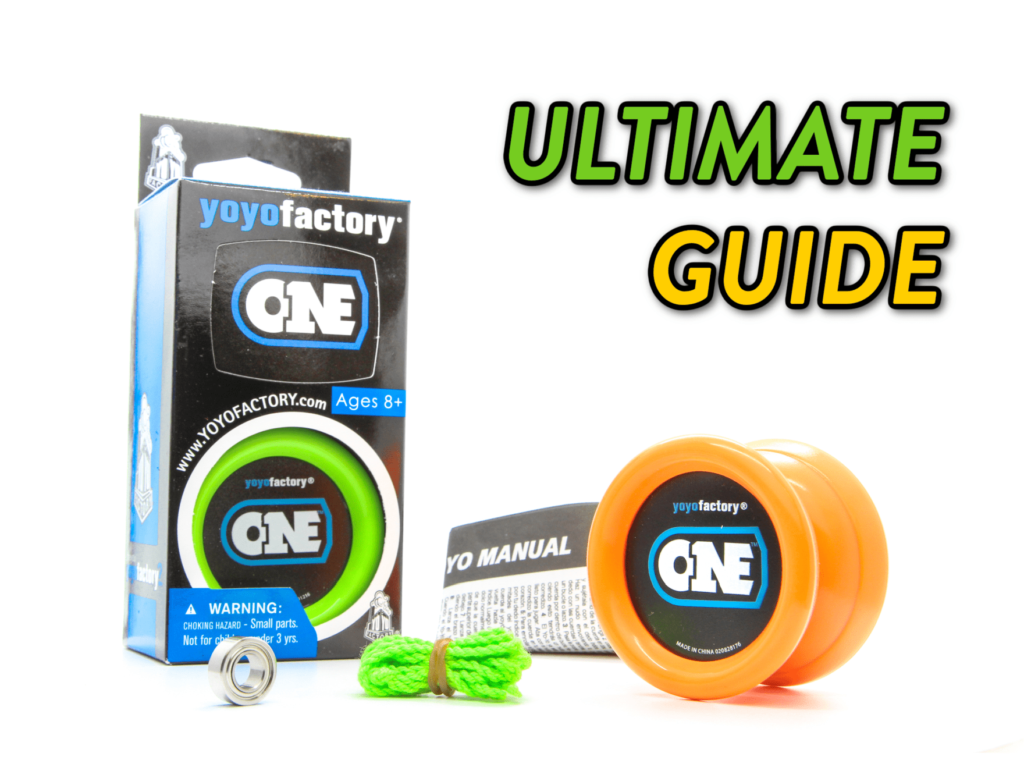
What are modern yoyos? Yoyos have been around for centuries, and over the years, they’ve evolved from a simple toy to a competitive sport with a massive global community. It is not just the “Walk the Dog” yoyo trick anymore. Complex string tricks and innovations in yoyo designs have changed the way yoyoing is precieved today.
Whether you’re looking to pick up yoyoing as a hobby or pursue it at a competitive level, this ultimate beginner’s guide will show you everything you need to know as an introduction to modern yoyoing.
Responsive vs Unresponsive
There are several types of yoyos, but as a beginner, you’ll want to understand the difference between these two:
- Responsive (Automatic) yoyos: These are beginner-friendly and return to your hand automatically when you tug up on the string. These yoyos are ideal for learning basic tricks.
- Unresponsive yoyos: These do not automatically return to the hand with a tug. You need to perform a trick called Bind to get the yoyo back to your hand. These are primarily used for advanced tricks and in competitive yoyoing.
As a beginner, we reccomend a responsive (automatic) yoyo. This includes yoyos such as Spinstar and ONE.
But if you are more confident in your skills, you can choose a yoyo which gives you both options. Arrow and Axolotl both include an additional larger ball bearing in the packaging to allow you to switch to unresponsive play when you’re ready to learn more advanced tricks.
Not sure what to get? You can learn more about How to Pick the Right Yoyo for You.
-
€9.99
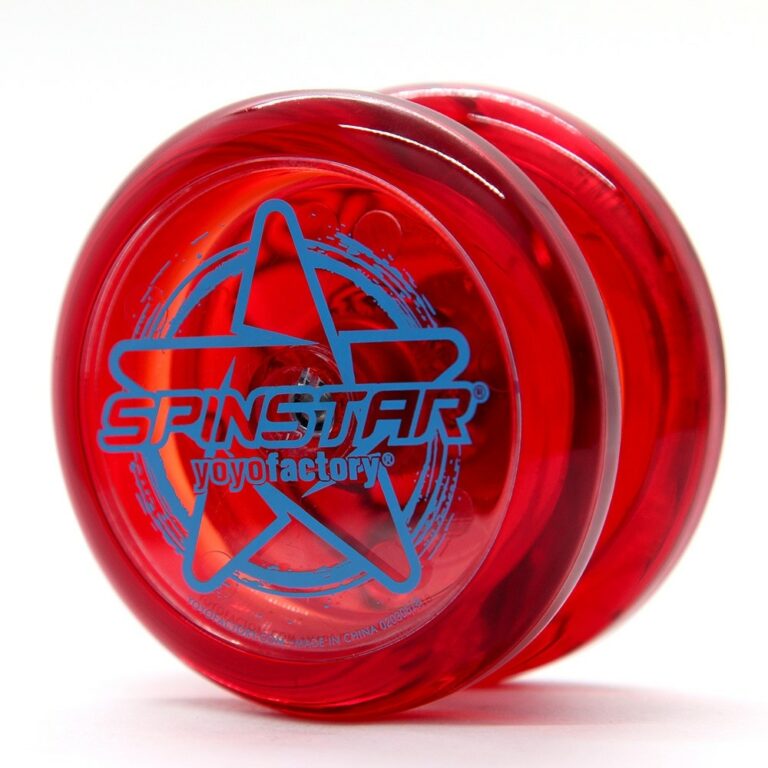
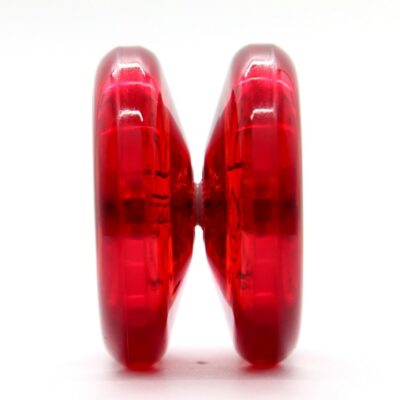 Select options This product has multiple variants. The options may be chosen on the product page
Select options This product has multiple variants. The options may be chosen on the product page -
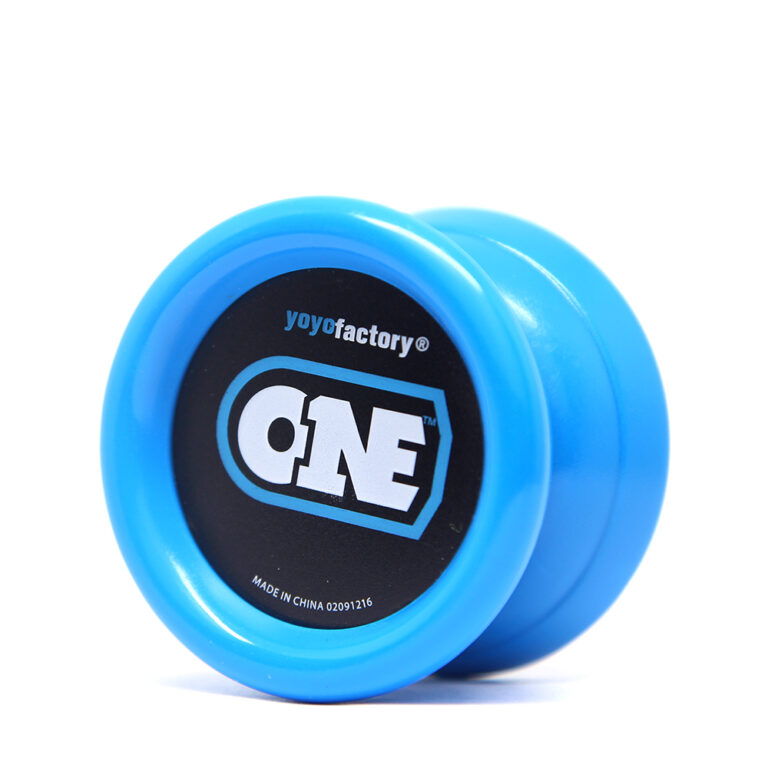
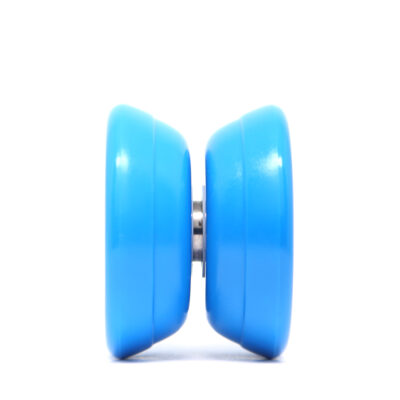 Select options This product has multiple variants. The options may be chosen on the product pageRated 4.83 out of 5€11.99
Select options This product has multiple variants. The options may be chosen on the product pageRated 4.83 out of 5€11.99
Yoyo Parts
Two halves: The yoyo is typically made out of plastic, metal, or both. The two halves hold together the axle and ball bearing while creating enough space in-between the gap for the string.
Axle: The central rod that holds the yoyo together and allows it to freely spin when thrown.
Ball Bearing: Located around the axle, and removable, this allows the yoyo to spin for a longer time. Depending on the type of ball bearing, this determines whether the yoyo is responsive (automatic) or unresponsive.
String: One end of the string going around the ball bearing. The other is used to make a slip knot to be placed on your finger. Typically made from polyester and specially twisted.
Yoyo Grip
Holding the yoyo correctly in your hand will significantly improve your spins. There are a few key information you need to know:
- The slip knot should be placed between the first and second knuckle on your middle finger. This placement ensures the best possible way to learn tricks correctly.
- When the yoyo is placed in your throw hand, the string should come from your finger to the top of the yoyo.
Learn Yoyo Tricks
The ultimate beginner’s guide to learning yoyo tricks is through the Skill Addicts app. This is the the best source to learn how to yoyo amongst a community of other players. It takes you through all the steps with video tutorials.
We recommend first to learn how to throw the yoyo correctly. The harder you throw, the faster the yoyo is spinning, and the more time you have to do tricks.
Our favorite beginner tricks are Rock the Baby, Elevator, Eiffel Tower, and Breakaway.
Yoyo Maintenance
Now that you’e learned tricks, yoyo maintenance is essential to keep continuing performing at your best. Here are some key maintenance tips:
Lubing the ball bearing: Apply Long Spin Oil or Loop/Response Oil to the bearing for smoother play and extended spin time. We reccomend once each month.
Replacing the ball bearing: If the bearing becomes damaged or worn, replace it to maintain optimal performance. Learn more on how to fix your ball bearing here.
Replacing the pads: Once the response pads are worn down and not as grippy when getting the yoyo back to your hand, it needs to be replaced. Learn more about which pads to choose here.
Changing the string: Replace the string regularly when it becomes worn or tangled. This ensures a better experience when yoyoing and doing tricks.


